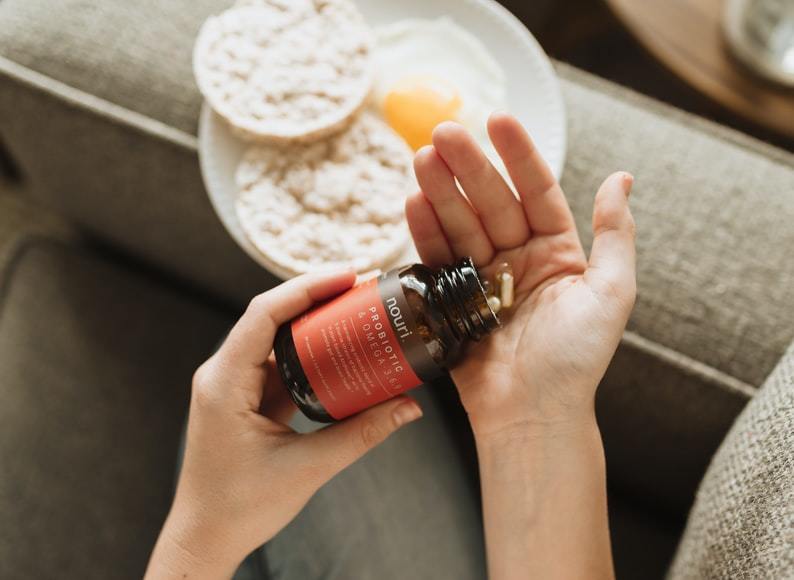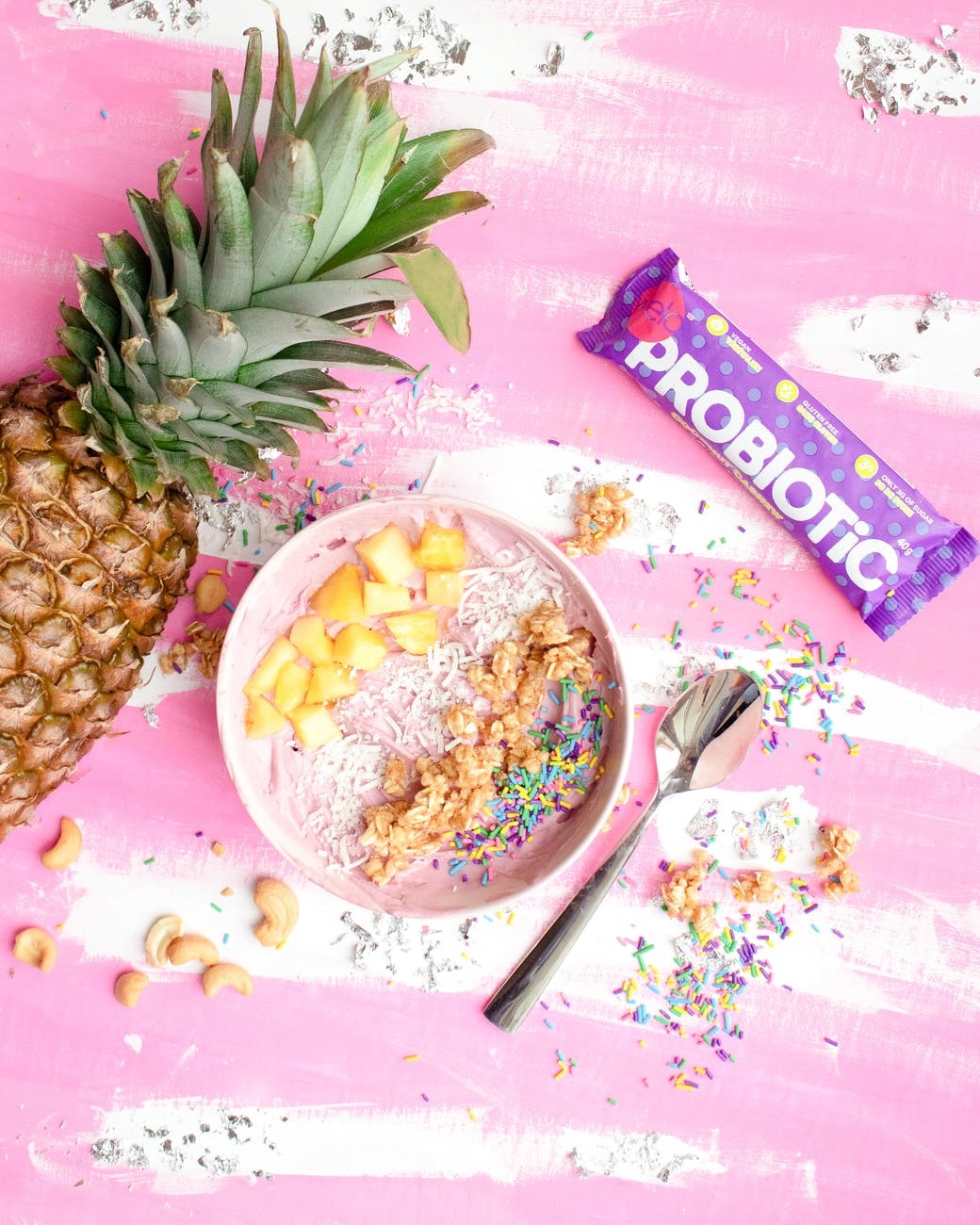
Probiotics are bacteria cultures. The name comes from the Greek word “pro bios” meaning “for life.” Probiotics are also known as friendly or beneficial bacteria because they help maintain a good balance of microorganisms (microbiota) in the body. They help keep people healthy by preventing and treating certain diseases, especially digestive diseases like irritable bowel syndrome (IBS), Crohn’s disease, Clostridium difficile colitis, ulcerative colitis, infectious diarrhea and inflammatory bowel disease (IBD).
The Human Microbiota
People are covered with bacteria—more than 8 million tiny organisms on 1 square inch of skin! This mass of tiny living beings is called the human microbiota or microbiome. Some bacteria are bad, but many others keep us healthy by digesting our food, making vitamins, fighting disease and doing many other jobs essential for health. These beneficial bacteria live in the intestines and are known as gut flora or intestinal flora.
Why should I take probiotic supplement?
Taking a probiotic supplement can restore the balance of microbiota that may be lost due to stress or poor diet. There is evidence that modern living has led to an increase in digestive diseases because the balance of microbiota is compromised by processed food, stress, and pollution (among other factors). The gut microbiota helps regulate digestion through fermentation of indigestible carbohydrates to short-chain fatty acids. It also regulates immune activity and defends against pathogens.
Who needs probiotics supplement?
People with a weakened immune system, such as those being treated for cancer or HIV patients.
People who have had their spleens removed.
People with cystic fibrosis or other diseases that affect the lungs and digestive system.
Individuals at risk for developing antibiotic-associated diarrhea (AAD). These include: people receiving antibiotic therapy; individuals with a history of antibiotic-associated colitis; hospitalized patients, especially in intensive care units (ICUs); and elderly and immunocompromised individuals (those suffering from cancer, undergoing chemotherapy treatment, transplant recipients, individuals taking anti-rejection drugs, etc.).
Stop taking the supplement if you have loose stools, stomach pain or diarrhea. The supplement may be causing an adverse reaction in your body. Stop taking it and talk to your doctor before beginning another probiotics supplement.
What are the types of probiotic supplements?

There are many different kinds of probiotic supplements on the market today—some of them don’t require refrigeration (which is convenient). It can get confusing understanding which ones to buy, but here are some facts that might help clear up some confusion:
– Lactobacillus GG was the first strain of bacteria used successfully in producing a probiotic supplement.
– Bifidobacterium lactis is another bacteria strain that can be used to produce probiotics and which has also been shown to be effective in treating digestive diseases.
– Saccharomyces boulardii is yeast that has been associated with treatment of diarrhea, but it may not lead to the same beneficial results as other types of probiotics. An animal study suggests S . boulardii might even cause some side effects such as low red blood cell count or reduced ability to fight infection when taken along with antibiotics. So, consult your doctor before taking this kind of supplement if you’re receiving antibiotic therapy.
You should talk to your family doctor about what kind of probiotic would best benefit you, depending on your gut health and medical history.
Other Sources of Probiotics
Some foods naturally contain probiotics and can supply you with the same kind of healthy bacteria that supplements provide. To use these types of foods, you need to eat them regularly and in sufficient amounts:
– Yogurt that contains live cultures (check the label). Be sure it says “live and active cultures” on the container. Frozen yogurt does not count as a probiotic food source because many brands add beneficial bacteria after it is frozen (these bacteria would be killed if the product was heated up before eating).
– Sourdough bread or other fermented bread products made with live yeast; often found in health food stores and some supermarkets.
– Miso soup, which is a Japanese hot tea usually made from fermented soy beans.
– Kefir, a sort of fermented milk drink from Russia and the Middle East that tastes somewhat like a liquid yogurt.
Probiotics supplement you can buy
(1) Yakult – A popular probiotic in Asia is yakult . Each bottle has 6.5 billion live bacterial cultures called Lactobacillus casei Shirota . It is available at most supermarkets, convenience stores and pharmacies nationwide.
(2) Actimel (Danone) – This product contains the same bacteria as found in yogurts such as Activia but has added vitamin C which makes it more powerful for treating digestive problems such indigestion and diarrhea.
(3) Bio-K Plus (BioK+) – For travelers, this is a good probiotic that can be conveniently carried when traveling. It contains Lactobacillus acidophilus and Bifidobacterium lactis .
(4) VSL#3 – This supplement provides a combination of eight different types of live bacteria including Streptococcus thermophilus , Lactobacillus delbrueckii , B bifidum , L rhamnosus, L plantarum , and others. Each capsule contains 450 billion bacterial cells in eight strains. Some studies have shown that it is effective in treating Crohn’s Disease and Ulcerative Colitis.
Last Updated on
- Exhaust fan vs ceiling fan - September 24, 2022
- What is Air Purifier Necklace? - August 30, 2022
- Can You Use an Air Purifier and Fan at the Same Time? - August 28, 2022
